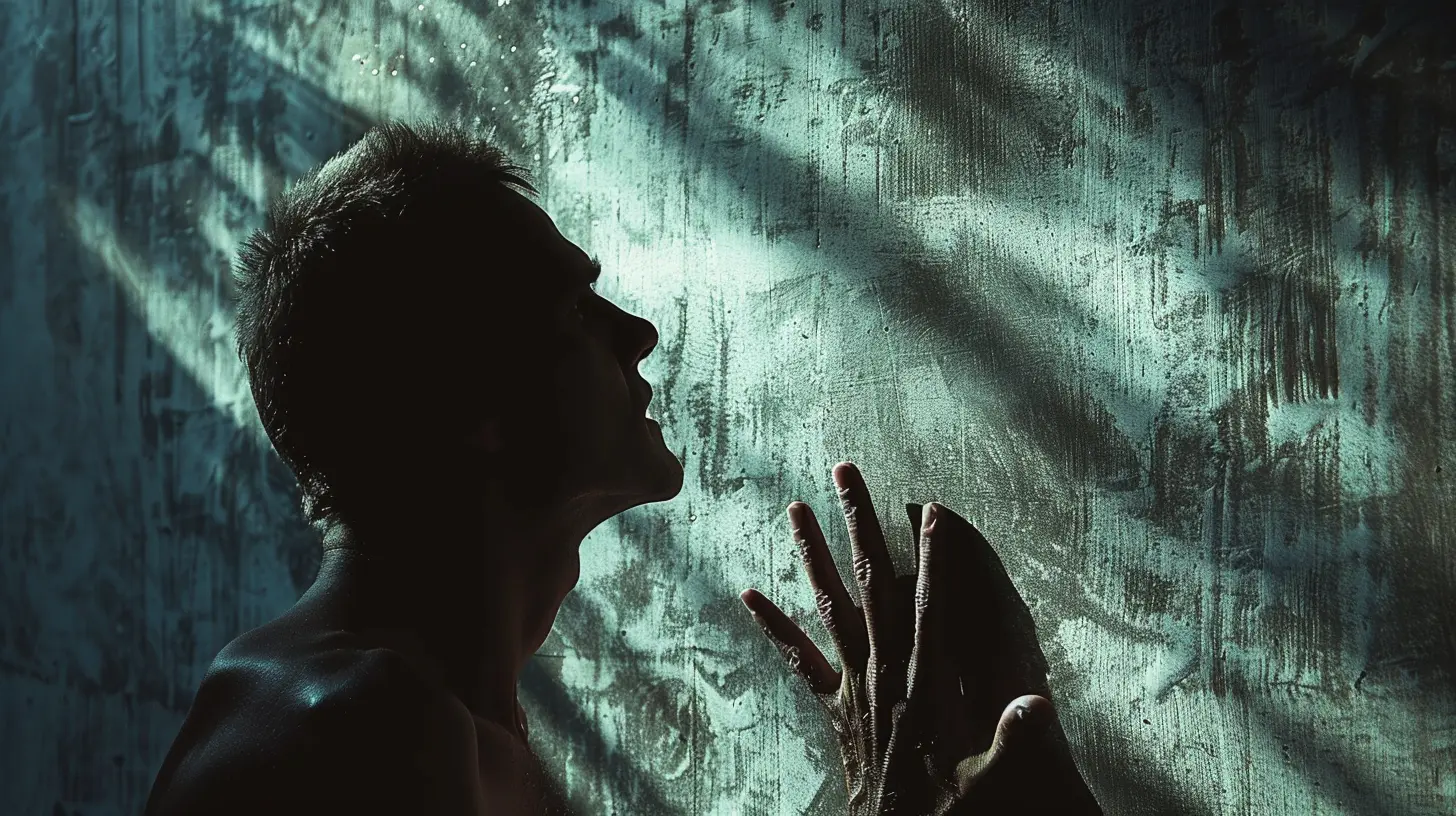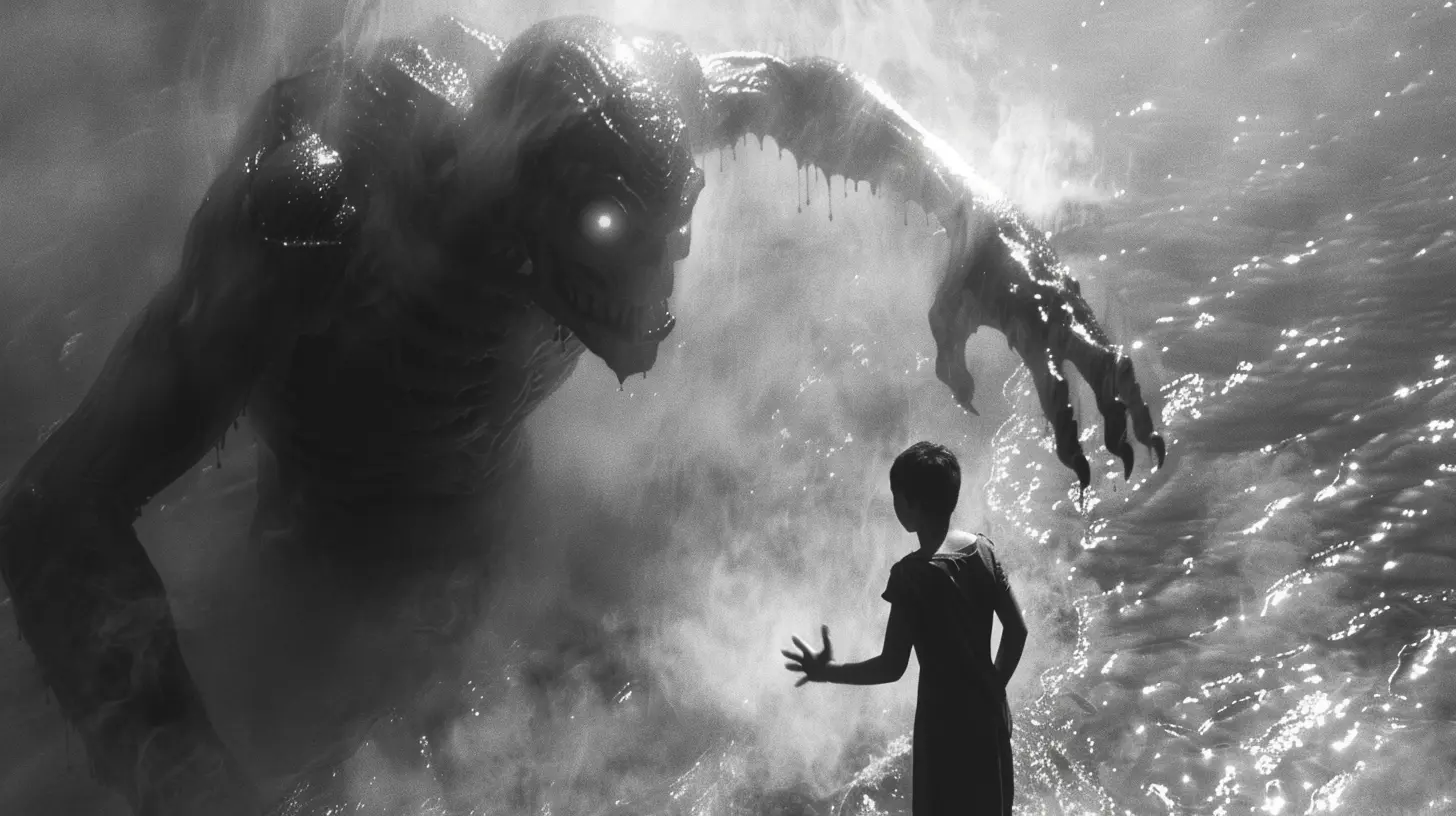The Shadow Self: Understanding Repressed Desires and Fears
28 May 2025
Have you ever caught yourself reacting in a way that surprises you? Maybe you felt an unexpected surge of jealousy, anger, or even a deep fear you couldn’t quite explain. That’s your shadow self peeking through the cracks.
The concept of the shadow self, introduced by Swiss psychologist Carl Jung, refers to the hidden parts of our personality—the desires, fears, and emotions we've buried deep in our subconscious. But why do we repress these parts of ourselves, and what happens when we ignore them?
Let’s dive into the mystery of the shadow self, understand why we push parts of ourselves away, and explore how embracing our darkness can lead to true self-awareness and growth. 
What Is the Shadow Self?
The shadow self is the unconscious part of our personality that holds everything we deny or reject about ourselves. These can be:- Repressed desires
- Hidden fears
- Unacknowledged emotions
- Traits we dislike in others (but secretly possess ourselves)
Jung believed that everyone has a shadow self, but few acknowledge it. Instead of facing it, most people spend their lives pretending it doesn’t exist.
However, ignoring the shadow doesn’t make it disappear—it only makes it stronger. Like a beach ball pushed under water, the harder you try to suppress it, the more forcefully it resurfaces. 
Why Do We Repress Parts of Ourselves?
Repression begins in childhood. From a young age, we’re taught what is "acceptable" and "unacceptable" behavior. If we throw a tantrum, we're told to calm down. If we express envy, we're called selfish.Over time, messages like these teach us that certain emotions are bad. To gain acceptance and avoid rejection, we hide these emotions away—but they never truly disappear.
Instead, they settle into the unconscious mind, influencing our thoughts, actions, and relationships in ways we don’t even realize. 
Signs Your Shadow Self Is Controlling You
Think your shadow self isn’t affecting you? Think again. The more unaware you are of it, the more power it holds over you. Here are some common signs that your shadow self is calling the shots:1. Strong Emotional Reactions to Others
Ever met someone and immediately disliked them—without even knowing why? Sometimes, the traits we judge most harshly in others are the ones we secretly have ourselves but refuse to accept.2. Self-Sabotage
Do you procrastinate, push people away, or make impulsive decisions that go against your best interests? Your shadow self may be subconsciously undermining you.3. Repetitive Negative Patterns
If you find yourself stuck in the same toxic relationships, unhealthy habits, or destructive thought cycles, it's likely because your shadow self is in control behind the scenes.4. Guilt and Shame
Feeling guilty about things that shouldn’t bother you? That’s often a sign that repressed emotions or desires are trying to surface.5. Intrusive Thoughts or Dreams
Ever had an unsettling dream or intrusive thought that made you uncomfortable? Your shadow self often manifests through dreams, showing you what you're avoiding in your waking life.
The Dangers of Ignoring Your Shadow
Suppressing your shadow self doesn’t make it go away—it just makes it show up in ways you can’t control. Repressed emotions and fears often manifest as:- Anxiety and depression
- Unhealthy coping mechanisms (addiction, overeating, avoidance)
- Anger outbursts or passive-aggressiveness
- Fear of intimacy and vulnerability
- A sense of inner emptiness or dissatisfaction
Ignoring your shadow self is like leaving a wound untreated. It might not seem like a big deal at first, but over time, it festers and creates deeper emotional pain.
How to Embrace Your Shadow Self
So, if repressing your shadow doesn’t work, what should you do instead? The answer is shadow work—the process of acknowledging, understanding, and integrating your hidden self.1. Practice Self-Awareness
The first step in shadow work is simply noticing when your shadow is trying to reveal itself. Pay attention to:- Emotional triggers
- Patterns in your relationships
- Recurring dreams or thoughts
Ask yourself, “Why am I feeling this way? What does this reaction say about me?”
2. Journaling
Writing is a powerful tool for discovering your shadow. Try journaling about moments when you felt intense emotions and explore the deeper reasons behind them.Prompt examples:
- What traits in others irritate me the most, and why?
- What am I most afraid of people knowing about me?
- How do I sabotage myself, and where does that come from?
3. Accept, Don’t Judge
One of the hardest parts of shadow work is accepting the parts of yourself you’ve spent years trying to ignore. But remember: Your shadow isn’t bad—it’s just misunderstood.Instead of rejecting your emotions, sit with them. Recognize that they are part of what makes you human.
4. Use Meditation and Mindfulness
Mindfulness helps increase self-awareness and allows you to observe your thoughts without judgment. Try body scans, deep breathing, or visualization exercises to connect with your subconscious mind.5. Work with a Therapist or Coach
If diving into shadow work feels overwhelming, consider working with a therapist. A professional can guide you through the process in a safe and supportive way.The Beauty of Embracing Your Shadow
Facing your shadow self isn’t easy, but it's one of the most rewarding journeys you’ll ever take. When you integrate your shadow instead of fighting it, you unlock:✨ Greater self-awareness – You understand your emotions and reactions on a deeper level.
✨ Healthier relationships – You stop projecting unresolved issues onto others.
✨ Increased confidence – Accepting yourself fully leads to true self-love.
✨ Inner peace – You no longer have to fight yourself or hide parts of who you are.
Think of it like this: Imagine living in a house where one room is always locked. You don’t know what’s inside, only that you’re told you should never open the door. But one day, you decide to step inside. And instead of a monster, you find a lost part of yourself—one that was waiting to be seen, accepted, and loved.
That is the essence of shadow work. Not about getting rid of your darkness, but learning to embrace it—because you are whole, even with your shadows.
Final Thoughts
Your shadow self is not your enemy. It's a hidden part of you that wants to be heard and understood. Rather than running from it, take the time to uncover what it’s trying to teach you.When you learn to integrate your shadow, you reclaim your power and step into true self-acceptance. And that? That’s where real growth begins.
all images in this post were generated using AI tools
Category:
PsychoanalysisAuthor:

Eliana Burton
Discussion
rate this article
2 comments
Zoey Acevedo
Embrace your shadow; it’s way more fun than denial!
May 31, 2025 at 2:51 AM

Eliana Burton
Absolutely! Embracing our shadow self allows us to integrate our repressed desires and fears, leading to a more authentic and fulfilling life.
Gavin West
This article offers a clear and insightful exploration of the shadow self. By acknowledging our repressed desires and fears, we can foster personal growth and self-acceptance, ultimately leading to a healthier mindset and improved relationships.
May 30, 2025 at 2:14 AM

Eliana Burton
Thank you for your thoughtful comment! I'm glad you found the article insightful and valuable for personal growth.


